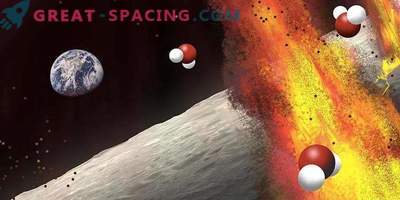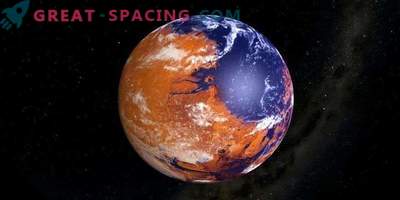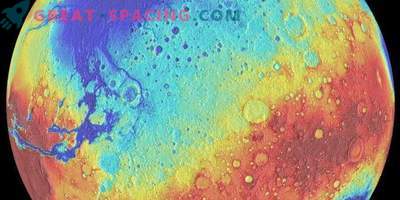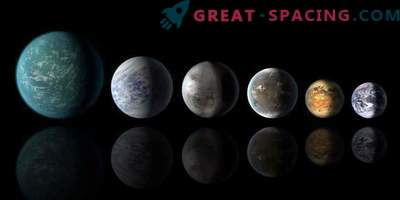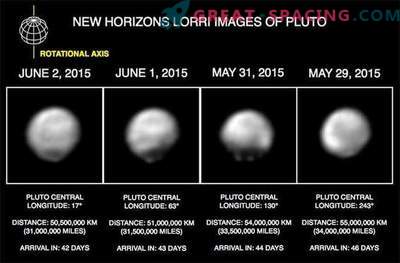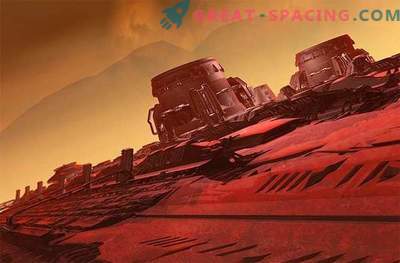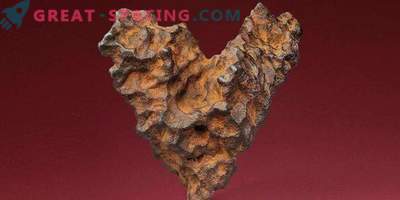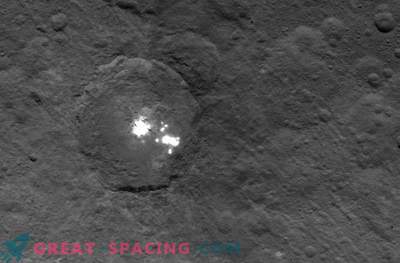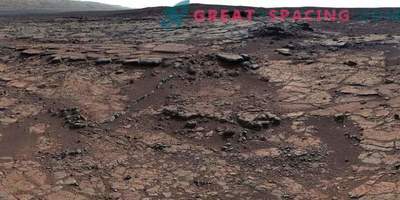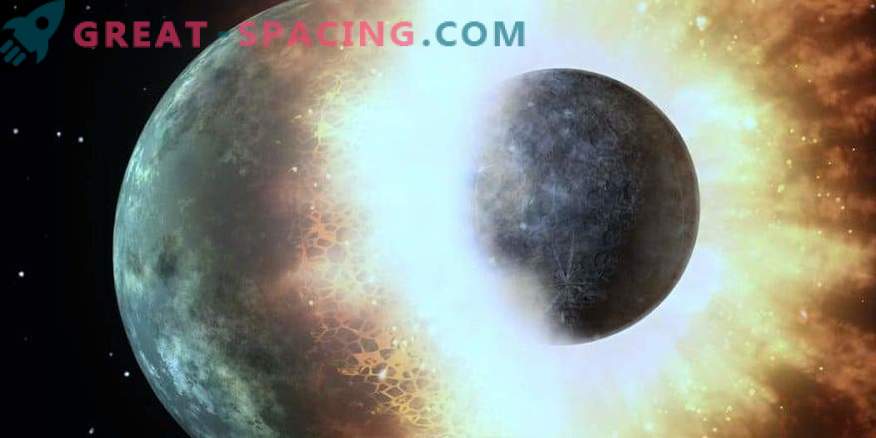
Artistic vision of a lunar-sized celestial body colliding with a body of parameters of Mercury
The study simulating the final stages of the formation of a planet of the terrestrial type shows how important the event “fly and run” plays an important role in acquiring water by large protoplanets. In this process, worlds are born, like Mars and Earth.
4.5 billion years ago, the inner solar system seemed to be a real massacre, in which 50-100 protoplanets rotated with parameters from the Moon to Mars. And they were not going to behave peacefully, as they constantly collided. The bodies that appeared in the current Martian orbit did not have water, because the conditions were too hot for volatile material, like water or methane for condensation. In order for water to reach the developing earthly planets, it had to be delivered from outside this area by a series of consecutive collisions.
Researchers at the University of Vienna used high-resolution simulations to track the fate of water and other materials using a variety of different impact scenarios. Collision results can include coalescing bodies where material is lost or redistributed between them. The final indicators are influenced by the speed and angle of impact, the difference in masses and the overall massiveness.
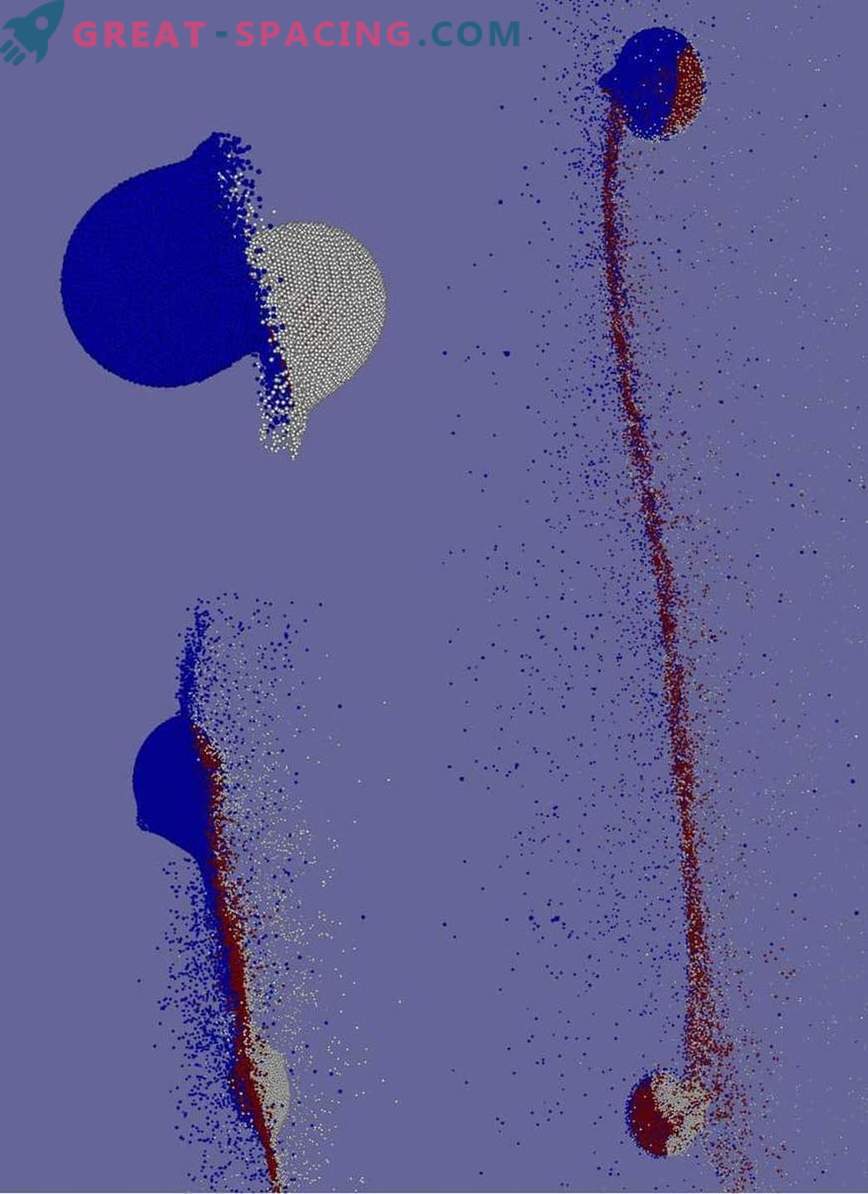
Snapshots from a simulation showing water transfer and loss in a typical “hit and run” scenario. Blue and white colors - water on the source bodies, and red - rocky material
It turns out that the collisions “hit and run”, where the blow is located outside the center and the body endowed with sufficient speed to separate after the meeting, were very common. In such cases, tens of percent of water can flow between objects or be thrown away and lost forever.
A smaller object in a pair is often modified to the state of the nucleus and is deprived of water, while the more massive body remains unchanged. Now the team is trying to understand how long chains of successive collisions are able to influence the evolution of the disk of planetesimals and protoplanets.
A recent study found that comets are capable of delivering only a small amount of water to terrestrial planets. Therefore, large-scale attacks in the early stages of the history of the solar system should be the main source.






